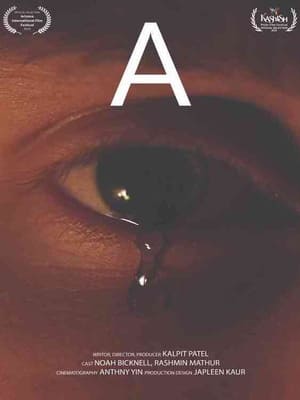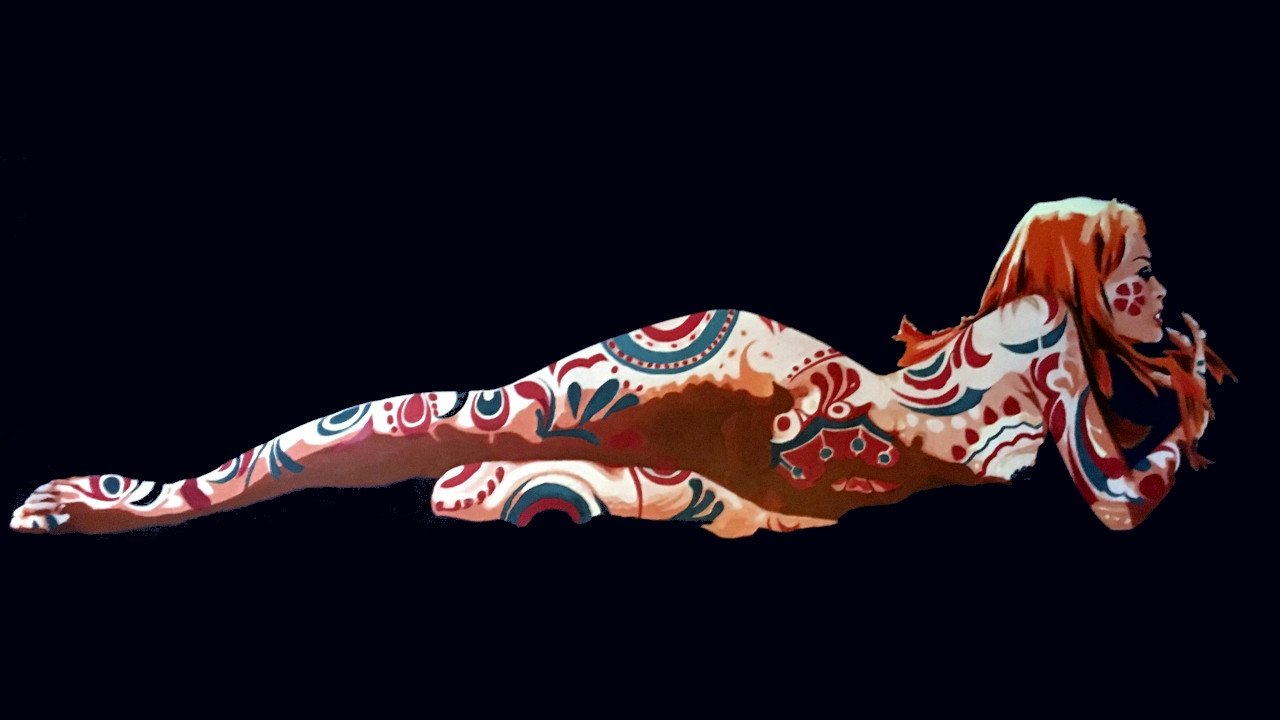

Acid Delirium of the Senses(1968)
The Paradise at Five Dollars
The film, set almost entirely in New York, tells of the life of some young people of the late Sixties: of the use they make of various drugs, including the terrible LSD, of their sex life and their freedom of costume and thought.
Movie: Acid Delirium of the Senses
Top 8 Billed Cast
Self
Self
Video Trailer Acid Delirium of the Senses
Recommendations Movies
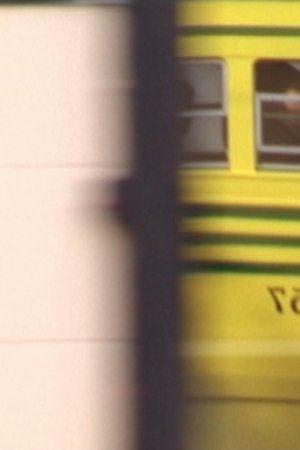 5.7
5.7way(en)
San Francisco filmmaker Konrad Steiner took 12 years to complete a montage cycle set to the late Leslie Scalapino’s most celebrated poem, way—a sprawling book-length odyssey of shardlike urban impressions, fraught with obliquely felt social and sexual tensions. Six stylistically distinctive films for each section of way, using sources ranging from Kodachrome footage of sun-kissed S.F. street scenes to internet clips of the Iraq war to a fragmented Fred Astaire dance number.
 6.5
6.5Muzzle(en)
LAPD K-9 officer Jake Rosser has just witnessed the shocking murder of his dedicated partner by a mysterious assailant. As he investigates the shooter’s identity, he uncovers a vast conspiracy that has a choke-hold on the city in this thrilling journey through the tangled streets of Los Angeles and the corrupt bureaucracy of the LAPD.
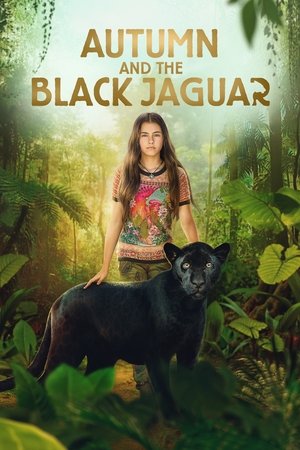 6.7
6.7Autumn and the Black Jaguar(fr)
Growing up in the Amazon rainforest gave Autumn the rarest of friendships – a lost jaguar cub she named Hope. When a tragic event forces her to leave Hope for New York City, she dreams of going back to the rainforest and her friend. That opportunity soon comes when Autumn decides to return to the Amazon to save her beloved jaguar from animal traffickers who threaten her childhood village.
 6.3
6.3An Ideal Father(fr)
Michel, the jovial owner of the only café in a small Normandy town, sees his life turned upside down when his teenage daughter is murdered. The community has his back but soon rumor spreads and Michel is singled out. From the ideal father, he becomes the ideal culprit.
 5.4
5.4Disney Presents: Main Street Electrical Parade - Farewell Season(en)
Catch the spark after dark at Disneyland Park. And say farewell to one of the Magic Kingdom's most celebrated traditions - The Main Street Electrical Parade. Where else, but in The Main Street Electrical Parade, could you see an illuminated 40-foot-long fire-breathing dragon? And hear the energy of its legendary melody one last time? It's unforgettable after-dark magic that will glow in your heart long after the last float has disappeared.
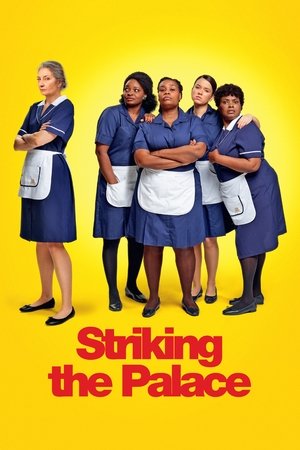 6.2
6.2Striking The Palace(fr)
Eva, 20, joins Safietou, Djaoua, Violette and Simone, a team of chambermaids at one of Paris’s finest Palace Hotels. She discovers the poor working conditions of these invisible women, who work tirelessly to keep the high standards of these luxurious hotels, where one night can cost their annual salary. Many are not even employed by the hotels directly but by sub-contractors, and are therefore particularly vulnerable. While on strike to fight against subcontracting and to obtain better working conditions, they come up with a colorful idea : having their own “Fashion Week” in front of the hotel!
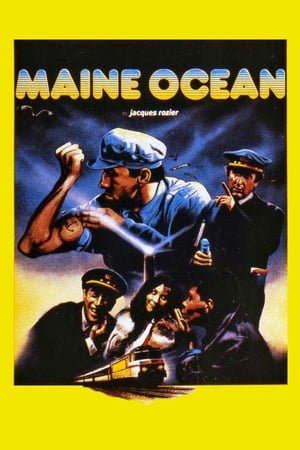 5.8
5.8Maine-Ocean Express(fr)
"Maine-Ocean" is the name of a train that rides from Paris to Saint-Nazaire (near the ocean). In that train, Dejanira, a Brazilian, has a brush with the two ticket inspectors. Mimi, another traveler and also a lawyer, helps her. The four of them will meet together later and live a few shifted adventures with a strange-speaking sailor (Mimi's client).
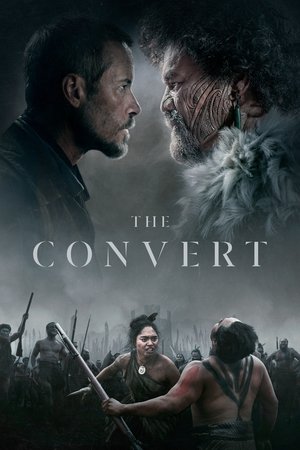 6.1
6.1The Convert(en)
Munro, a soldier turned lay preacher, comes to New Zealand to minister to the first British colonists, but he is converted by the powerful chief Maianui to serve a different purpose.
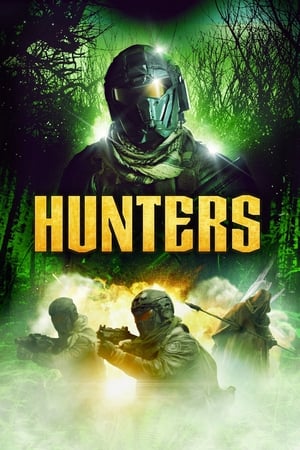 5.9
5.9Hunters(en)
As John T. Wrecker continues his task of protecting a group of refugees from a virus, the threat of something new and even more dangerous grows ever closer in the form of monstrous mutants.
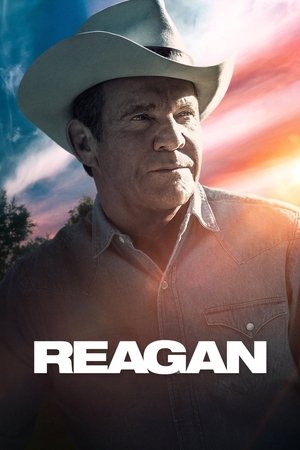 6.2
6.2Reagan(en)
Told through the voice of former KGB agent Viktor Petrovich, whose life becomes inextricably linked with Ronald Reagan's when Reagan first caught the Soviets’ attention as an actor in Hollywood, Reagan overcomes the odds to become the 40th president of the United States.
 5.9
5.9Lucky Girl(uk)
Nina is a successful TV star, but her life changes when she is diagnosed with cancer. Facing a personal crisis, she has to confront her deepest fears.
 4.5
4.5Banger(fr)
When cops recruit a has-been DJ to bust a quirky criminal gang with ties to his rival, he spots a chance to mix his way back to the top with a banger.
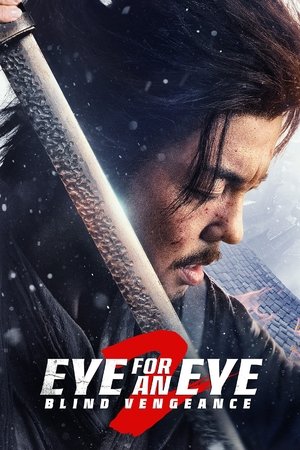 6.3
6.3Eye for an Eye 2(zh)
The blind swordsman, skilled in martial arts, named Cheng Xiazi (Xie Miao), accidentally saves Zhang Xiaoyu (Yang Enyou), who has suffered from the destruction of his family. Under the persuasion of the orphan Xiaoyu, Cheng reluctantly keeps him by his side and teaches him skills. Xiaoyu also waits for the opportunity to seek revenge.
 6.4
6.4JLG/JLG: Self-Portrait in December(fr)
Director Jean-Luc Godard reflects in this movie about his place in film history, the interaction of film industry and film as art, as well as the act of creating art.
 6.1
6.1Picture This(en)
Single and without a man on the horizon, Pia runs a failing photography studio in London with her best friend Jay. As her sister Sonal prepares for marriage and her mother Laxmi urges her to partner up, a spiritual guru predicts Pia will meet the love of her life among her next five dates. With her family intervening, Pia embarks on a hilarious yet heartfelt quest for love.
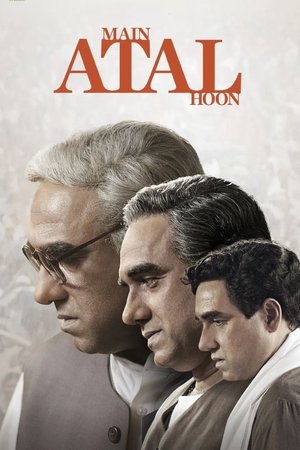 5.7
5.7Main Atal Hoon(hi)
Statesman and poet Shri Atal Bihari Vajpayee's eloquence and vision shaped India's destiny. A look at his remarkable life as he led his country through a challenging period of change and development as the 10th Prime Minister of India.
 6.3
6.3Untamed Royals(es)
A group of wealthy teenagers commit crimes that escalate from petty mischief to dangerous plots, causing chaotic consequences — but not for themselves.
Similar Movies
 6.7
6.7Workers Leaving the Lumière Factory(fr)
Working men and women leave through the main gate of the Lumière factory in Lyon, France. Filmed on 22 March 1895, it is often referred to as the first real motion picture ever made, although Louis Le Prince's 1888 Roundhay Garden Scene pre-dated it by seven years. Three separate versions of this film exist, which differ from one another in numerous ways. The first version features a carriage drawn by one horse, while in the second version the carriage is drawn by two horses, and there is no carriage at all in the third version. The clothing style is also different between the three versions, demonstrating the different seasons in which each was filmed. This film was made in the 35 mm format with an aspect ratio of 1.33:1, and at a speed of 16 frames per second. At that rate, the 17 meters of film length provided a duration of 46 seconds, holding a total of 800 frames.
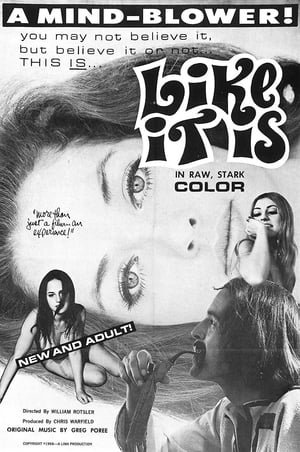 5.3
5.3Like It Is(en)
This documentary on the "youth movement" of the late 1960s focuses on the hippie pot smoking/free love culture in the San Francisco Bay area.
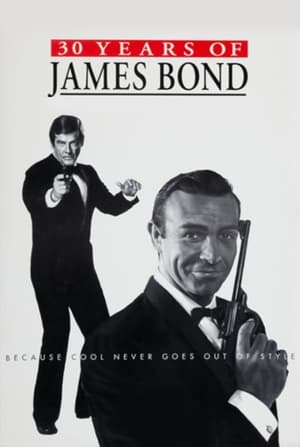 5.3
5.330 Years of James Bond(en)
An examination of why the James Bond films have proved so popular including a discussion between the four actors who have played Bond, an interview with Cubby Broccoli and contributions from the directors, production designers, special effects and stuntmen.
 3.0
3.0In Search of James Bond with Jonathan Ross(en)
Jonathan Ross delves into the world of James Bond and meets with new and former cast members who reveal humorous stories and anecdotes in a series of interviews. All the 5 Bonds at the time are featured, though only Lazenby (reflecting in the usual frank, self criticizing manner), Moore and Brosnan granted an interview. Connery and Dalton are featured through some unused footage from LWT's 30 years of James Bond program. The ever faithful Desmond Llewelyn turns up in character as well as some other less related peeps like Christopher Lee, Paul McCartney and the ultimate playboy: Hugh Hefner -- who all give an interesting perspective on the worlds most famous spy.
 7.7
7.7The Pink Floyd and Syd Barrett Story(en)
The full bizarre, tragic but celebratory story of Syd Barrett, the co-founder of Pink Floyd.
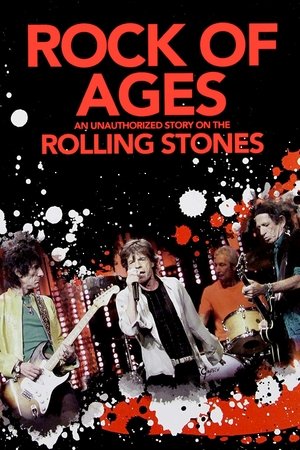 10.0
10.0Rock of Ages: The Rolling Stones(en)
For over four decades the Rolling Stones have been on top. Arrests, drugs, fall-outs, death and relationships have stood center stage with eight consecutive number one albums in the US and sold out live shows.
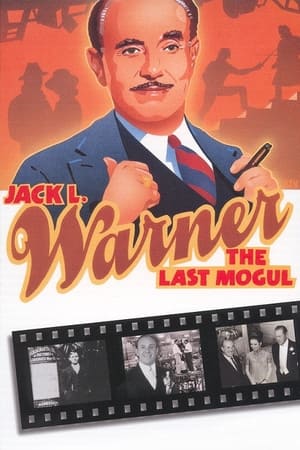 5.0
5.0Jack L. Warner: The Last Mogul(en)
An insider's account of Jack Warner, a founding father of the American film industry. This feature length documentary provides the rags to riches story of the man whose studio - Warner Bros - created many of Hollywood's most classic films. Includes extensive interviews with family members and friends, film clips, rare home movies and unique location footage.
Auge in Auge - Eine deutsche Filmgeschichte(de)
This is not merely another film about cinema history; it is a film about the love of cinema, a journey of discovery through over a century of German film history. Ten people working in film today remember their favourite films of yesteryear.
 6.5
6.5In the Shadow of Hollywood: Race Movies and the Birth of Black Cinema(en)
This documentary captures the sounds and images of a nearly forgotten era in film history when African American filmmakers and studios created “race movies” exclusively for black audiences. The best of these films attempted to counter the demeaning stereotypes of black Americans prevalent in the popular culture of the day. About 500 films were produced, yet only about 100 still exist. Filmmaking pioneers like Oscar Micheaux, the Noble brothers, and Spencer Williams, Jr. left a lasting influence on black filmmakers, and inspired generations of audiences who finally saw their own lives reflected on the silver screen.
 6.3
6.3Roundhay Garden Scene(en)
The earliest surviving celluloid film, and believed to be the second moving picture ever created, was shot by Louis Aimé Augustin Le Prince using the LPCCP Type-1 MkII single-lens camera. It was taken in the garden of Oakwood Grange, the Whitley family house in Roundhay, Leeds, West Riding of Yorkshire (UK), possibly on 14 October 1888. The film shows Adolphe Le Prince (Le Prince's son), Mrs. Sarah Whitley (Le Prince's mother-in-law), Joseph Whitley, and Miss Harriet Hartley walking around in circles, laughing to themselves, and staying within the area framed by the camera. The Roundhay Garden Scene was recorded at 12 frames per second and runs for 2.11 seconds.
Salò: Fade to Black(en)
A short documentary exploring the ongoing relevance and power of 'Salò o le 120 giornate di Sodoma'.
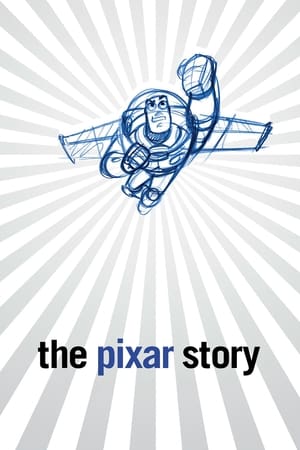 7.6
7.6The Pixar Story(en)
A look at the first years of Pixar Animation Studios - from the success of "Toy Story" and Pixar's promotion of talented people, to the building of its East Bay campus, the company's relationship with Disney, and its remarkable initial string of eight hits. The contributions of John Lasseter, Ed Catmull and Steve Jobs are profiled. The decline of two-dimensional animation is chronicled as three-dimensional animation rises. Hard work and creativity seem to share the screen in equal proportions.
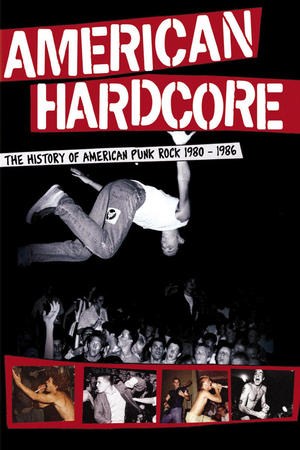 6.8
6.8American Hardcore(en)
Inspired by Steven Blush's book "American Hardcore: A tribal history" Paul Rachman's feature documentary debut is a chronicle of the underground hardcore punk years from 1979 to 1986. Interviews and rare live footage from artists such as Black Flag, Bad Brains, Minor Threat, SS Decontrol and the Dead Kennedys.
Captain Blood: A Swashbuckler Is Born(en)
This documentary is featured on the DVD for Captain Blood (1935), released in 2005.
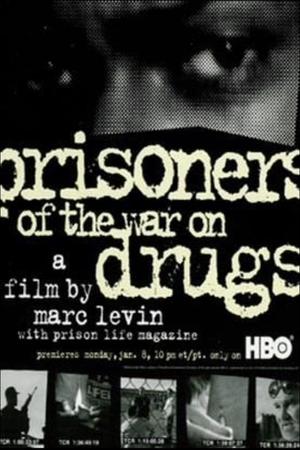 6.0
6.0Prisoners of the War on Drugs(en)
From its beginning during the Reagan years through current times, the War on Drugs has left many victims stranded in the prison system. PRISONERS OF THE WAR ON DRUGS reveals life behind bars in the nation’s prisons. Each prisoner has his or her own story, but for most, the story is predictably similar; they have been criminalized for drugs or drug related offenses, locked up with easy access to substances, and given little opportunity for rehabilitation. This film provides an inside look at the prison system, its prisoners and a war on drugs we do not seem to be winning.
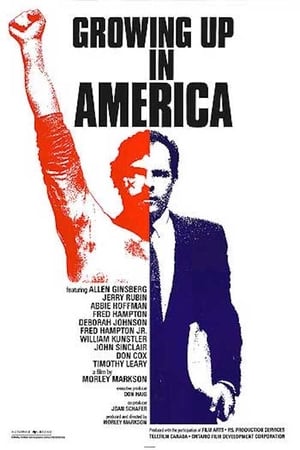 10.0
10.0Growing Up in America(en)
Filmmaker Morley Markson shows Abbie Hoffman, Jerry Rubin, Allen Ginsberg, Timothy Leary, and other '60s rebels, then and now in a follow up to his 1971 film "Breathing Together: Revolution of the Electric Family."
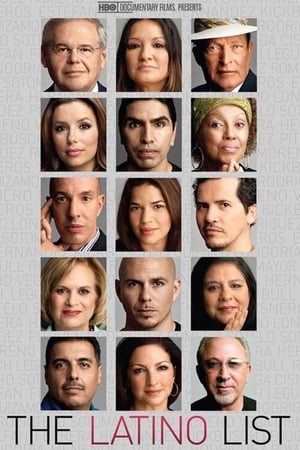 7.0
7.0The Latino List(en)
Documentary film interviews leading Latinos on race, identity, and achievement.
 0.0
0.0Tim Leary: The Art of Dying(en)
LSD Guru Tim Leary teaches us all to die by dying himself in what he calls his "custom death". This documentary deals with Mr. Leary's last days, all captured on camera by his own request.
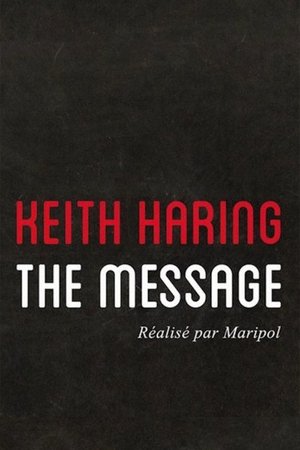 8.0
8.0Keith Haring: The Message(en)
Keith Haring: The Message was released in conjunction with the Keith Haring retrospective at the Museum of Modern Art in Paris. Directed by famed designer, Madonna stylist and Haring confidante Maripol, The Message goes pretty deep into both the artist and the city and times he’ll forever be identified with: New York City, circa the 1980s. The focus, as the title indicates, is upon the “struggles that animated” Keith Haring’s work, his activism – in a word, his “message.”
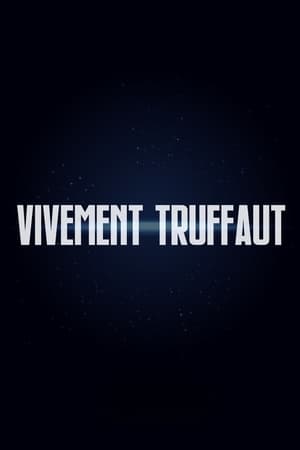 6.0
6.0Vivement Truffaut(fr)
A tribute to the late, great French director Francois Truffaut, this documentary was undoubtedly named after his last movie, Vivement Dimanche!, released in 1983. Included in this overview of Truffaut's contribution to filmmaking are clips from 14 of his movies arranged according to the themes he favored. These include childhood, literature, the cinema itself, romance, marriage, and death.

